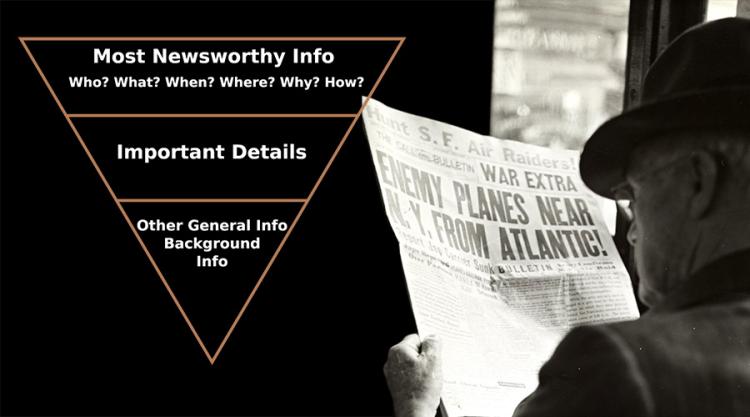Structure your material into subsections
Before you write, make an outline and list of bullet points that you would like to cover—five to eight main points are usually fine. But do have a structure, overall idea, and a sense of direction—stick to it. Keep digressions in check, or put them in sidebars.
End your travelogue with an assessment or recommendation. For example, give a thought about the reader. Who would be most interested in this type of location or dive course? For whom is it best-suited? Would it be families with kids, the adventure-seeking technical diver, or something in between? We all have our standards and different yardsticks. Bear this in mind.
Imagine your audience
When you write for a magazine, you have an audience, just as if you were a slide show presenter, or just talking to your neighbour. In this case, you cannot see them face-to-face, and they cannot ask you questions. But they are looking for the same answers and entertainment. Capture their imagination and tell the story. Sometimes it helps to imagine that you are writing a letter to a specific friend. Make it relevant, make it personal.
Who, What, Where, When, Why, How?
Make sure that you answer all the obvious questions your audience may have. Why go there? What is so special about it? When is a good time to go? Who would be interested in it? Why should I bother? Should I bring the kids or my rebreather? What are the highlights? The obvious questions are those a slide show audience would inevitably ask you after the show, if you forgot to bring the subject up yourself during your presentation.
Written and oral language differs
Written and oral language is quite different. Avoid the temptation to directly transcribe your train of thought.
Blending conversational language into written text can be done skillfully and with great effect, if you are an aspiring novelist with talent. Otherwise, give your first draft a complete write over and weed out the oral language.
Don'ts to avoid
"Then I did this, then I did that. The next day..." Dairies and other chronological step-by-step accounts are not only uninspiring to read but also miss the crucial point of providing the reader with essential information in a structured and meaningful way. Another no-no is to go into personal references, matters and reflections that are irrelevant to the subject. The audience (some of whom come from different countries) does not know you.
1.5 hours underwater, 15 hours above
Diving is the centrepiece of our vacations, but we spend the vast majority of our time out of the water, so include some bits on the local ambience, people and culture. It is very often the topside experiences that set the dive destination apart from others, rather than the clownfish, dolphins and turtles seen there. What is there to see and do when out of the water? See temples? Go shopping? Are there any major historical landmarks that would be a shame to miss?
The "everything is beautiful" trap.
"The water is tempting green, the sky is blue, the sand is white, the palms are green and the people are really nice."
Sure they are, but aren't most of this world's dive destinations wonderfully attractive? Avoid the standard cliches and describe what you really see.
Capture the flavour
All impressions count. Make us smell the tar of the ropes or the special coffee they serve here. Or did the flowering fields leave a lasting impression, or the sunrise over the volcano? Tap into the memory bank and tell us about your lasting impressions and sentiments.
Be honest
If it's not all good, it's not all good. Tell it as it is. In reality, the picture is rarely entirely black or white. Quality and price are always interconnected in some way. Most often, you get what you pay for, and this factor, as well as common sense, should be your yardstick. Safety should never be compromised, however.
Credits and advertorials
Brand names, company-specific recommendations, and other blatant appraisals that come across as advertorial messages within the article will be mercilessly edited out. It makes a horrible read, and the audience sees right through it anyway. Acknowledgments and thanking sponsors or hosts may be included in a short note at the end—at the editor's discretion. With advertorials, there are both editorial principles and legal considerations to take into account.
Proofing
Most word processing apps come with a spelling and grammar checker. Please use it, or a secure writing assistant app like Grammarly, and check your punctuation, spelling and grammar, and do a plagiarism check to make sure you have paraphrased and given proper credit to outside sources.
Got everything?
Remember, articles must come with a list of outside sources, as well as images, illustrations, captions, image credits, image usage licenses, and fact files.





